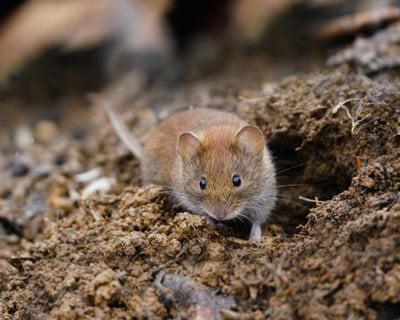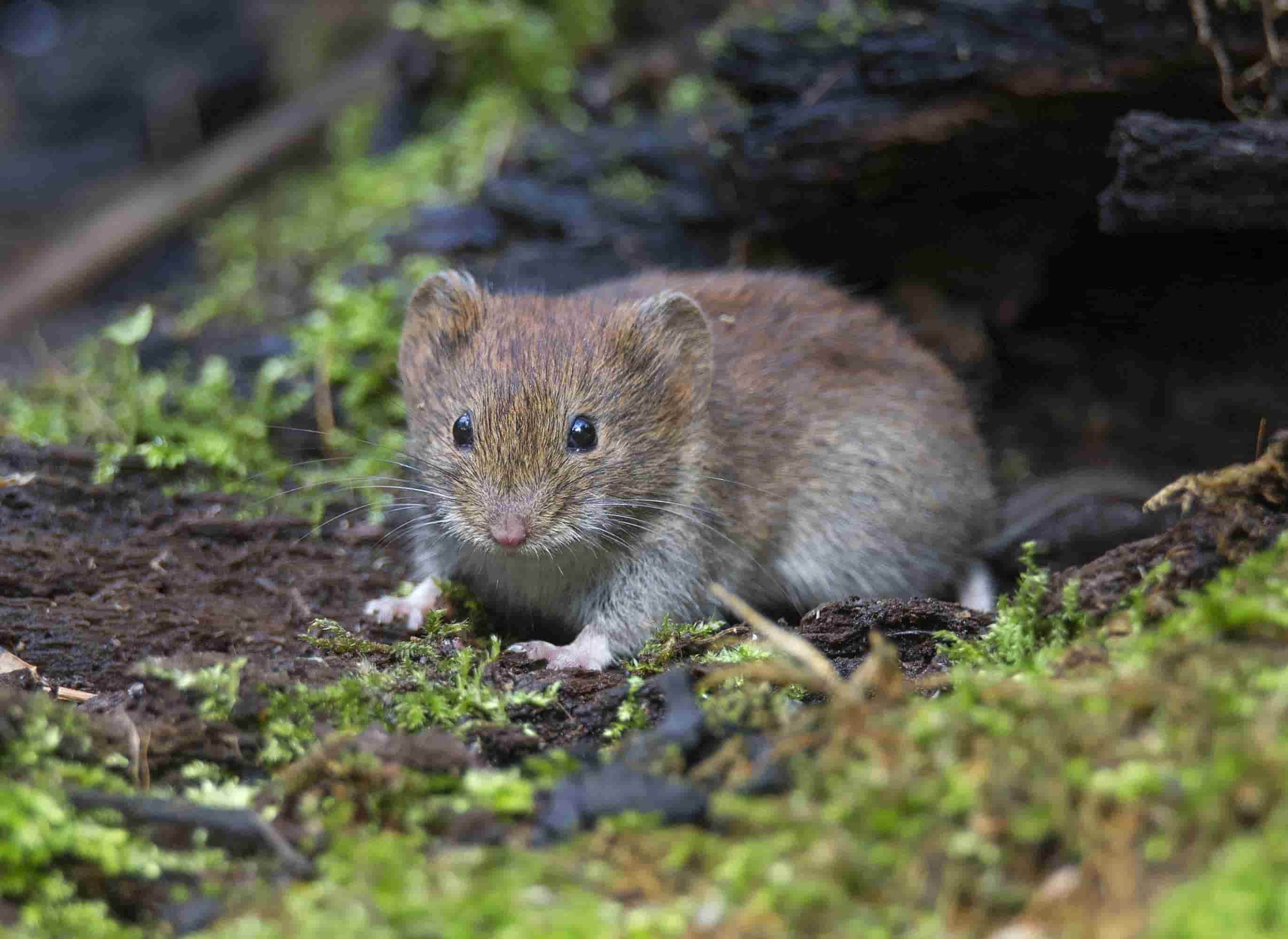Battle Vole Invasion: Professional Methods for Vole Control
Wiki Article
Grasping Vole Pest Control: Thorough Insights on Invasion Prevention and Therapy Approaches
By acknowledging the refined indications of vole infestation early on, we can take proactive actions to protect against widespread damage. In this discussion, we will certainly check out the subtleties of vole behavior, dive right into the identification of infestation indicators, and discover the most reliable avoidance and therapy methods.Comprehending Vole Behavior
Checking out the foraging patterns of voles supplies valuable insights into their behavior and habitat choices. Voles, little rats looking like computer mice, are herbivores recognized for their below ground tunneling tasks. By observing their foraging actions, scientists can obtain a far better understanding of where voles like to develop their habitats and the extent of their environmental impact. Voles are prolific breeders, with a single female capable of generating numerous clutters in a year, making it crucial to comprehend their behavior for reliable parasite control methods.
Study suggests that voles exhibit careful feeding routines, favoring roots, bulbs, and seeds - vole yard damage. This nutritional preference influences their foraging patterns, leading them to areas abundant in greenery and ground cover. Furthermore, voles are understood to develop fancy passage systems for foraging and nesting functions, indicating a high degree of flexibility to their surroundings
Understanding vole habits is essential for carrying out targeted bug control actions that interrupt their habitat preferences and foraging activities. By studying their actions, experts can create extra effective avoidance and therapy strategies to handle vole problems.
Identifying Indicators of Vole Problem
Vole problems can be spotted by recognizing specific indicators of their presence in an area. Among one of the most usual signs of a vole infestation is the visibility of surface area paths. Voles produce networks of narrow paths on the ground that are normally around 2 inches vast. These runways are frequently located in grassy locations or under mulch or ground cover where voles can move openly and browse for food.An additional essential sign of vole invasion is the visibility of small burrow openings in the ground. Voles dig shallow burrow systems with numerous entryways and exits. These burrows work as shelter and nesting sites for the voles. In addition, voles are known to leave eaten plant stems, roots, and light bulbs near their burrow openings, suggesting their feeding activity in the area.
Discovering these droppings along paths or near burrow openings can verify a vole infestation. By being cautious for these indications, property owners can without delay attend to vole infestations and protect against more damage.
Carrying Out Positive Avoidance Procedures
To effectively mitigate the risks connected with vole infestations, homeowner can proactively execute an array of safety nets aimed at securing their gardens and landscapes. One important action is to preserve a well-trimmed grass and on a regular basis remove tall weeds and thick plant life, as voles are brought in to areas offering sufficient cover. Installing barriers such as hardware cloth underground around prone locations like garden beds can also assist prevent vole intrusion. In addition, maintaining garden areas tidy and lessening clutter where voles might conceal or nest is important in decreasing their existence.In addition, utilizing natural vole deterrents like castor oil-based repellents or predator pee can act as efficient safety nets. It is also recommended to regularly check outside spaces for any indicators of vole activity, such as paths or delve openings, to deal with potential invasions quickly. By adopting these aggressive prevention strategies, homeowner can considerably decrease the possibility of vole damage and keep the wellness and aesthetics of their landscapes.
Efficient Therapy Methods
Including targeted trapping approaches and using accepted rodenticides are crucial elements of effective treatment strategies for managing vole problems. Regular tracking and maintenance are likewise essential facets of successful therapy approaches to make sure that vole populaces are kept under control. By integrating capturing, rodenticides, habitat adjustment, and consistent tracking, effective vole insect control can be accomplished.
Tracking and Upkeep Tips
Normal tracking permits for the very early detection of vole activity, allowing timely treatment before invasions aggravate. To efficiently check vole populations, strategically positioned catches can be utilized in vole runways or near burrow entryways.In addition, preserving a neat and well-kept landscape is necessary in vole prevention. Cleaning away particles, such as stacks websites of wood or dense plant life, gets rid of possible vole habitats. Regularly trimming and trimming lawns plants helps reduce vole hiding places and minimizes their accessibility to food sources.

Final Thought
In conclusion, mastering vole bug control calls for a strong understanding of vole behavior, the capacity to recognize indicators of problem, carrying out positive prevention steps, effective therapy methods, company website and regular tracking and upkeep. By taking a thorough technique to vole control, people can properly take care of and protect against infestations, eventually safeguarding their residential or commercial property and surrounding atmosphere from damage triggered by these little rodents.In this discussion, we will discover the subtleties of vole actions, dive right click to find out more into the identification of infestation indicators, and reveal the most effective prevention and therapy approaches.Including targeted trapping techniques and using accepted rodenticides are crucial elements of reliable treatment techniques for handling vole infestations. To efficiently check vole populaces, strategically positioned traps can be used in vole runways or near burrow entries. Examining and fixing any problems to these structures makes sure that vole control remains effective in securing homes from problems. By including these monitoring and upkeep practices into a detailed vole parasite control strategy, individuals can successfully take care of vole populations and protect their residential properties from damages.
Report this wiki page